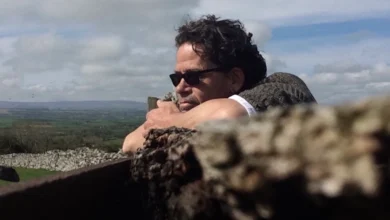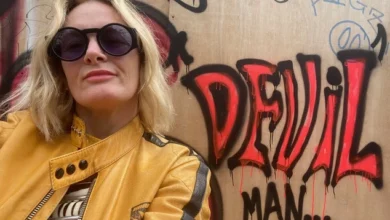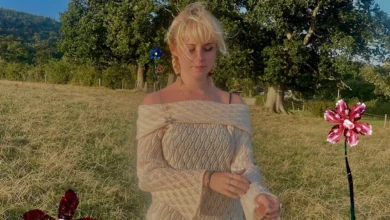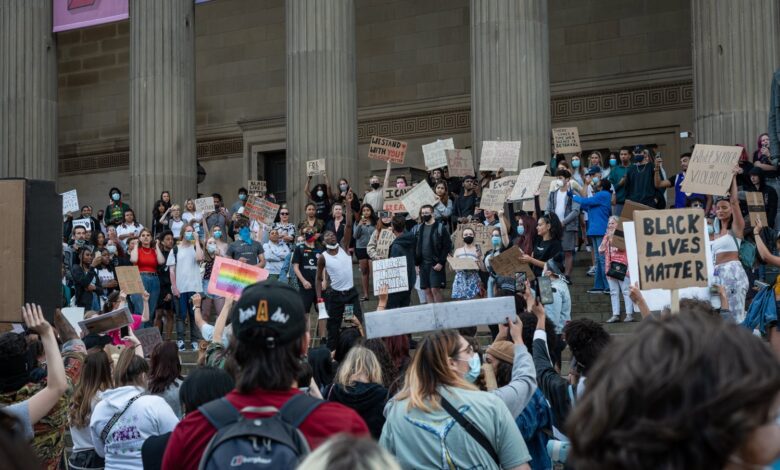
Black Lives Matter – A Look at Liverpool’s History
In the year 2020, when the human race is arguably the most tolerable and liberal it has ever been, you would not think that “Black Lives Matter” would be a controversial statement; yet, for some people, they take offence to it and retort with “All Lives Matter” as though the original statement discredits the importance of the lives of those who are not black.
Being a resident of the UK, it may be easy to simply state that the need for this kind of movement is not necessary over here, as our police don’t kill unarmed black people on a regular basis. You’d be correct in thinking that it happens on a far less frequent basis than it does in America, but you must ask yourself; is racism in the UK as widespread as the United States?
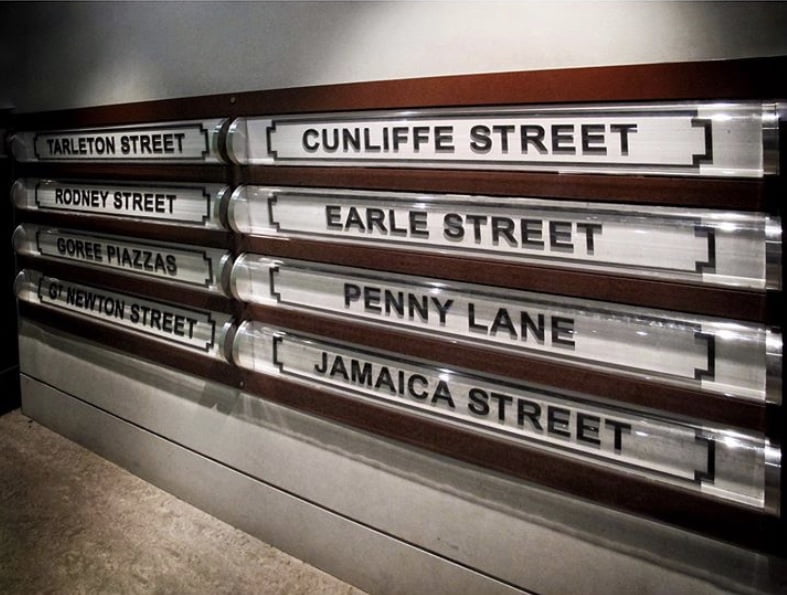
The city of Liverpool was built off the backs of slaves; some of Liverpool’s most iconic road names have links to slavery, all of which are displayed in the Liverpool International Slavery Museum. The famous Penny Lane, and the iconic Rodney Street to name a select few have links to a sordid past in the city. The majority of Liverpool’s wealth in the early 18th century came from the slave trade, and by the late 1700s the city was Europe’s most-used slave port; while the museum shines a light on this and acknowledges the mistakes of the city’s past, there are still aspects of Liverpool that need to change in order to show their belief in the Black Lives Matter movement.
According to historytoday.com, “Such was Liverpool’s dominance of the North Atlantic slave trade that one in five African captives crossing the ocean was carried in a Liverpool slave ship. The city had the capacity to build bespoke ships to the exact specifications and requirements of the slave merchants.”
Liverpool mayor Joe Anderson has been vocal in expressing that he is open to talking to the public to establish ways in which they can make citizens feel more comfortable and prouder to be from Liverpool. Since the protests on June 6 – in which thousands of people gathered outside St. George’s Hall to protest the unlawful killing of George Floyd in Minneapolis – the University of Liverpool have taken strides to acknowledge their complicity in the glorification of slave owners. Their famous Gladstone building was named after William Gladstone, a well-known slave owner, and the University have announced that they plan to engage in discussions with the students to find an appropriate alternative name.
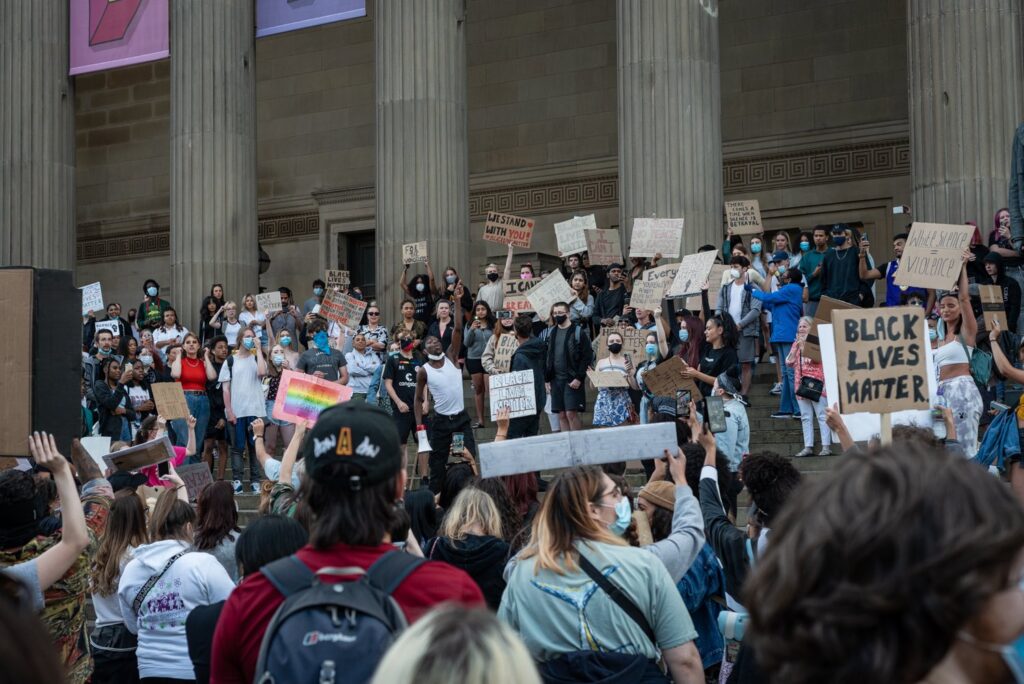
However, there are positives to be found throughout Liverpool that highlight the city’s opposition of the slave trade. The main example of this can be found in the Roscoe Gardens on Mount Pleasant. William Roscoe was a man born in Liverpool who stood for everything that the people of the city stand for today; equality. He was widely outspoken on the abolition of slavery, and even wrote books on the matter entitled The Wrongs of Africa, book the First and The Wrongs of Africa, book the Second that were largely discredited by the businessmen of Liverpool throughout the eighteenth century as it was interfering with their wealth.
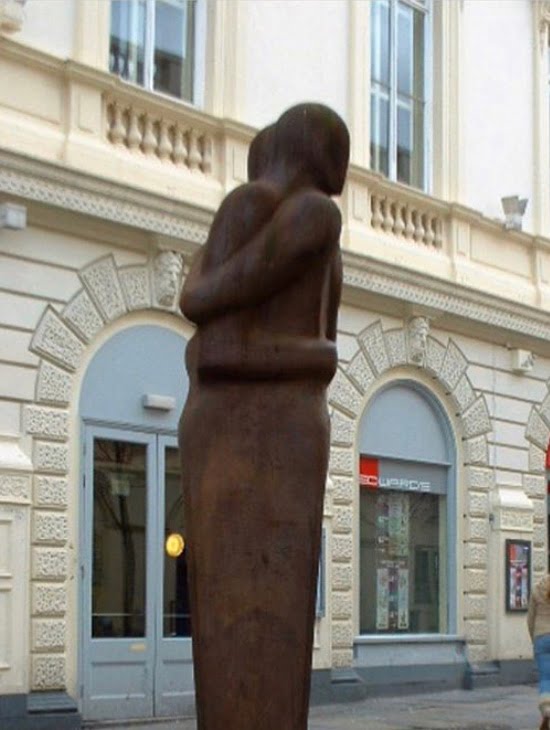
Alongside this, there is a statue in Concert Square named Reconciliation that was designed by Stephen Broadbent. This statue was placed there in 1990 as a symbol of peace and reconciliation between people of different creeds, races and faiths. However, in 1999, two more statues were added to the collection and shipped to Glasgow and Belfast to signify the connection of the three cities, and on 9 December 1999, the city council unanimously agreed to apologise for Liverpool’s role in the slave trade. It pledged a commitment to work closely with local communities to celebrate the city’s multi-racial inheritance.
Ultimately, Liverpool and the UK as a whole have a long way to go before they can confidently say they are in full support of the Black Lives Matter movement, and while the changing of building and street names is a start, the city council must do more to better represent the BAME population living and working throughout Liverpool. Black Lives have been oppressed for too long across the globe, and it is high time that the opportunities for black people meet the ubiquity and regularity as those available for white people.
Daniel Hunter




